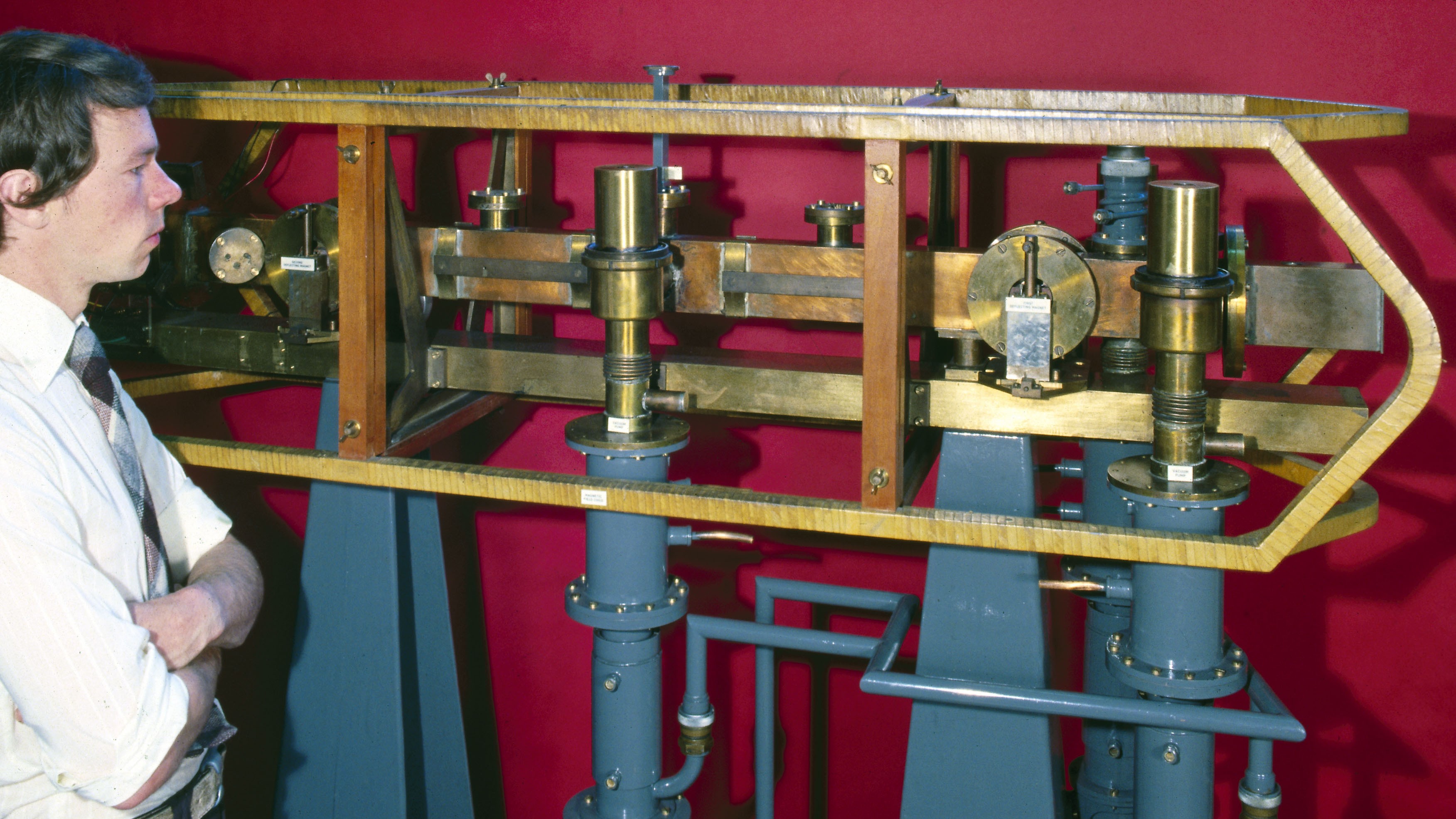On Wednesday morning, Kilauea erupted in Hawaii, sending lava fountains up into the air before it spread across its summit. Kilauea is the youngest and most active volcano on Hawaii’s Big Island.
According to the Hawaiian Volcano Observatory of the US Geological Survey, a glow was detected on the Kilauea web camera, and the volcano erupted around 4:44 am local time. The lava produced a stunning web of black and orange across the crater floor less than an hour later. As dawn broke, a livestream showed that the lava was still bubbling, but its surface was beginning to solidify.
Ken Hon, the scientist in charge of the observatory, stated that “the spreading across the floor of the crater was just totally incandescent.” He further added that “the fountaining and everything is pretty incredible.”
The observatory issued a statement saying that it was raising Kilauea’s volcano alert level to a watch from a warning, and its aviation color code from orange to red “as this eruption and associated hazards are evaluated.” The observatory further added that “the opening phases of eruptions are dynamic.”
The eruption was confined to the volcano’s main crater, Halemaʻumaʻu, and posed no major threats to infrastructure or human life. Dr. Hon added that the only threat was the gas fumes emanating from the volcano. In response, some areas of Hawaii Volcano National Park, which includes Kilauea, that are downwind of the eruption were closed.
In addition to web cameras, a National Oceanic and Atmospheric Administration satellite captured the eruption as heat, ash, and sulfur dioxide were suddenly released into the atmosphere.
According to the National Park Service, Kilauea first emerged underwater roughly 280,000 years ago and is deemed to be a rather typical shield volcano owing to its gently sloping structure that resembles a shield bedded on the ground.
Kilauea is the youngest volcano compared to Mauna Loa, the world’s largest active volcano, which erupted for the first time in four decades last year before ceasing in December. The observatory stated that there has been “no significant activity” at Mauna Loa in the previous month.
Kilauea erupted for almost 35 years from 1983 to 2018, triggering the most damaging eruption recorded thus far. Since its 2018 eruption, Kilauea “has been kind of relaxed,” says Dr. Hon, following “so much lava loss from the summit.”
It became active once more in 2020, and the summit eruption on Wednesday was Kilauea’s fourth in three years. The first lasted from December 2020 to May 2021, the second from September 2021 to December 2022, while the most recent began in January and continued until the start of March.
Dr. Hon described the eruptions as “rather abrupt,” with only an hour’s notice at times. However, Kilauea began to drop some hints over the past month.
Initially, according to Dr. Hon, the angle of the volcano swelled “quite significantly.” As a result, earthquake activity increased. Nonetheless, this was insufficient evidence to suggest that an eruption was imminent.
On Tuesday evening, the earthquakes intensified, and the bulge grew. The observatory recorded a 3.5 size earthquake at around 3:30 a.m., followed by a quick succession of low and high-frequency quakes, as per Dr. Hon, who claims that scientists commonly interpret these events as signs of magma breaking its way through to the surface.
Since the 2018 eruption, the volcano “needed to be pumped back up,” he explained, and “the first place that happens is in the summit.”













